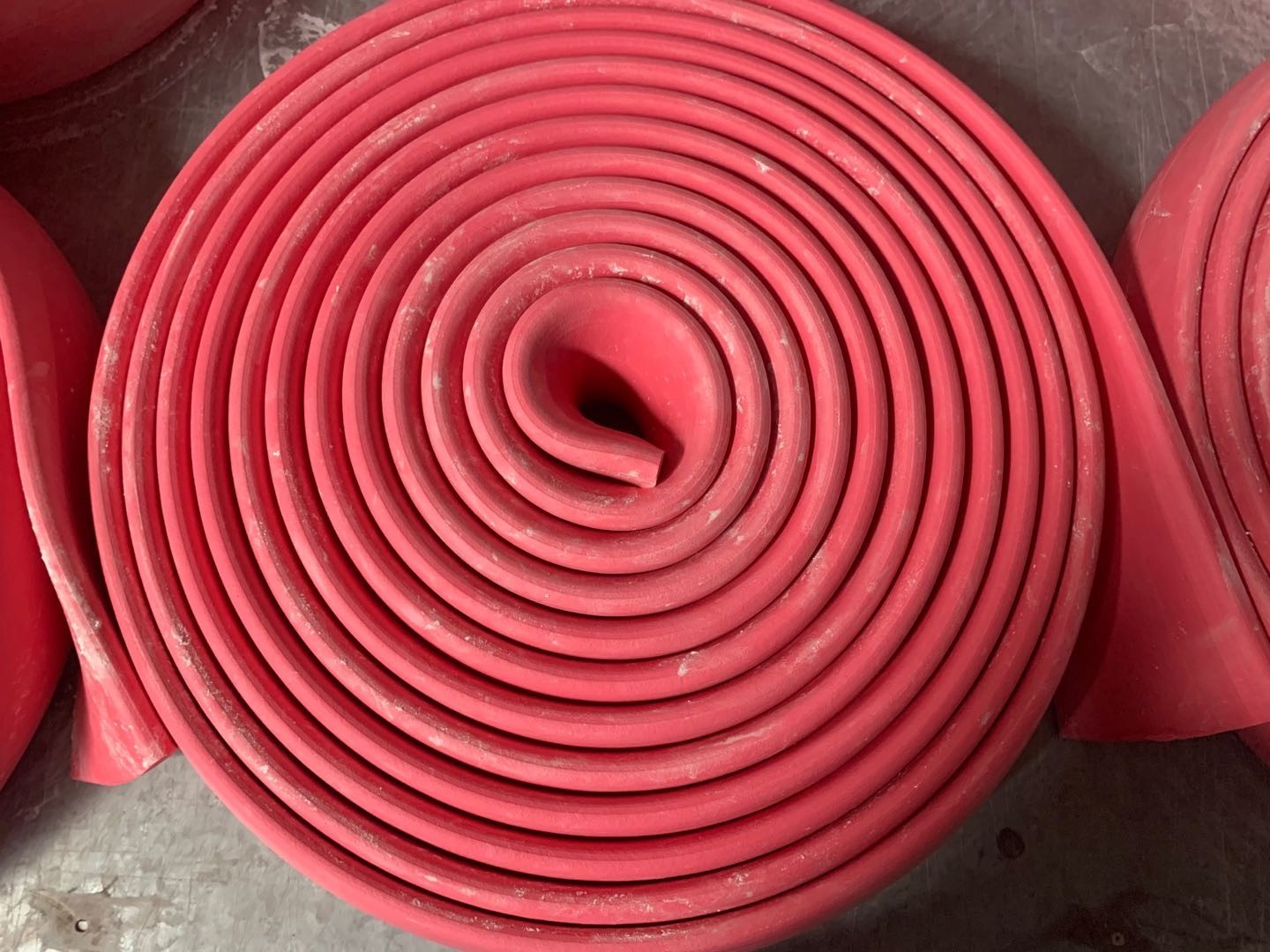NEWS
News
Related News
Key points for using rubber rollers, the film-coated rubber roller manufacturer will clarify for you.
Release time:
2025-01-23 16:14
Coated roller manufacturerIt is believed that the internal structure of the newly cast rubber roller is not stable enough. If it is put into use immediately, it is likely to reduce its lifespan. Therefore, the newly cast rubber roller should be placed for a period of time to allow it to come into contact with the external environment and reach a relatively stable state before being put into use, which can increase the toughness and durability of the rubber.

The coated roller manufacturer believes the correct method for loading and unloading rubber rollers is as follows:
(1) During installation, clean the impurities at both ends of the new rubber roller, then select bearings that meet the design requirements in terms of Specification, Model, and quality, and apply lubricating oil to all accessories for installation; correctly and evenly tap the special bearing sleeve, or gently tap with a copper pad, until the bearing is properly installed. It is prohibited to strike the bearing randomly or apply force directly to avoid damage.
(2)Coated roller manufacturerIt is believed that when installing and removing rubber rollers, they should be handled gently to avoid collisions with the roller neck and rubber surface, which could cause damage, bending, or breakage of the roller body; the roller neck and bearing should fit closely, and if there is any looseness, it should be promptly welded.
(3) When disassembling the rubber roller, pay attention to the positions of the old rubber roller at both ends and the adjacent rubber rollers, so that the shaft heads can be marked on both ends and adjacent rubber rollers, or placed in order, to avoid affecting printing quality when the rubber roller is reassembled.
The coated roller manufacturer believes that during installation, the printing rubber roller should be in close contact with the ink roller and the printing plate. Printers know that the thickness of the PS plate is generally 0.5mm, so it is essential to keep this in mind when installing and debugging the rubber roller. When printing products with a background color, the pressure of the rubber roller can be adjusted to be slightly lower, allowing the ink to transfer more evenly from the ink roller to the printing rubber roller, resulting in a more visually appealing product; otherwise, issues like ink stripes and ink paths may occur.
The coated roller manufacturer believes that when printing text, the height of the rubber roller should be equal to or slightly lower than the height of the printing plate, allowing the printing rubber roller to gently rub against the printing plate, ensuring that the text is printed clearly and cleanly, with minimal wear on the rubber roller, making it less prone to damage and extending the lifespan of the printing plate. If the distance between the rubber roller and the ink roller is too tight, the printing rubber roller may be damaged, leading to economic losses and equipment accidents.
The coated roller manufacturer believes that when the rubber roller is running at high speed, it can be scratched if it is slightly hard, especially if the wet roller coated with alcohol dampening solution is scratched, it can no longer be used. To avoid such failures, first check whether the printing plate is tightened and whether the plate clamp is secure; if the printing plate is not tightened or the plate clamp is not secure, it can cause cracking at the tail of the printing plate, leading to scratches on the water roller and ink roller. Second, when cleaning the rubber roller, the cleaning of the rubber roller shaft end is often overlooked, which will gradually accumulate gasoline and ink at the rubber roller shaft end. The residual gasoline dissolves part of the ink, becoming a non-volatile solvent that remains at both ends of the rubber roller, slowly penetrating into the rubber roller and damaging its performance. Third, if the maintenance of the ink roller is not timely, it will lead to the accumulation of impurities such as ink skin and ink residue, accelerating the friction, heating, and aging of the rubber roller, causing the surface of the rubber roller to be filled with pockmarks, which is generally more severe at both ends of the rubber roller.
Coated roller rubber, rubber-plastic alloy rubber, mixing rubber manufacturer, coated glue roller manufacturer
Related News















